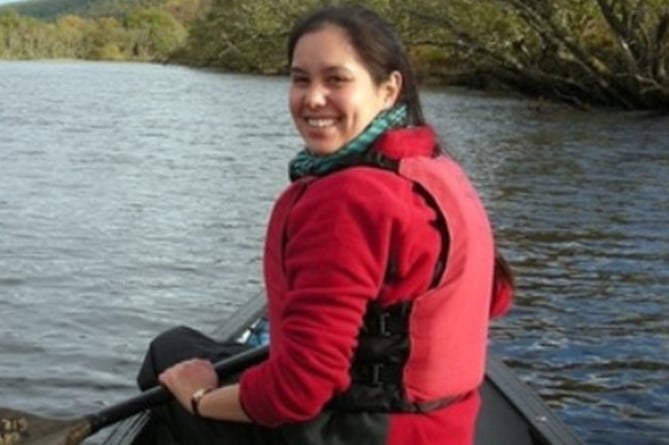A wildlife trust is pushing ahead with plans to reintroduce beavers into the wild along the Dyfi estuary.
The Radnorshire Wildlife Trust and Welsh Beaver Project says that after 400 years of extinction, and 17 years of preparation, the groups could soon reintroduce beavers to the Dyfi Valley.
Although they could not put a timeline on when this might be, the group said they are in the process of applying for a licence from Natural Resources Wales.
Alicia Leow-Dyke, who has been the Welsh Beaver Project officer since 2016, said: “We’ve done a lot of public consultation as well as speaking to the Natural Resources Wales and other stakeholders and we’ve put all of that information with our proposal as part of the licence application.
“It will then be up to them to make the decision.
“The project has been running since 2005, and has always looked at the feasibility of reintroducing beavers into Wales. There were lots of studies which looked at the available habitats, the water around them and the landscapes and so on.
“The feasibility studies also considered how the reintroduction could help enhance the local biodiversity, present new tourist opportunities as well as benefit humans.
“Beavers have a lot of benefits for a wide range of wildlife. Their damming and stabilising of water can help amphibians, fish and other mammals such as otters. Birds will benefit from it too.
“Beavers don’t just support the wildlife, they can also help us, especially through their dams.”
There are currently beavers in an enclosed habitat on the river and these have drawn nature enthusiasts to the area.

Ms Leow-Dyke added: “We did some beaver-watching visits last year and they proved very successful. They’re something we’re definitely looking to do again in the future.”
The idea of reintroducing beavers has been met with concern from some, but Ms Leow-Dyke believes the project knows how to deal with these concerns.
She said: “We’re looking at ways of managing the beavers. Wild beavers can have many benefits for us and the environment. But there can be some negative impacts at times. Some of these concerns were raised by stakeholders, and they are understandable. For example they could fell a tree near a river, or build a dam in a stream or other area that is unwanted.
“We’ve tried to address the concerns people have had as much as possible. We have looked at other projects around the UK to see what things work and what don’t. There have been over 200 reintroductions across European countries, and a lot of evidence has been collected from those reintroductions.”
“We can stop beavers felling certain trees by using a mesh fence, beavers aren’t very good climbers so this has been found very effective.”
“In some areas you can do some pre-emptive work to avoid them coming onto farmland and other areas in the first place.
“Some places have put up fences to keep beavers in specific areas, but we don’t want to do that if we can avoid it. You can do the same by looking at the landscape, in the Dyfi Valley site there is a steep climb going upstream, and although, eventually, they could get up there, this can act as a natural barrier stopping the beavers from moving.
“The reason beavers build dams is that they like stable water bodies. They won’t build them on main rivers because they’ll get washed away, or won’t build them in stable waters because they don’t need it. So we can look at that in our catchment area and find somewhere that they don’t need to dam.
“We can modify dams too to stop them getting any bigger and potentially cause any problems for nearby land.”
“Some farmers have had concerns about disease risks which is completely understandable. We will be sure that all beavers reintroduced will be healthy, and studies from other reintroductions have found that they pose no greater risk than other animals out in the wild.”




